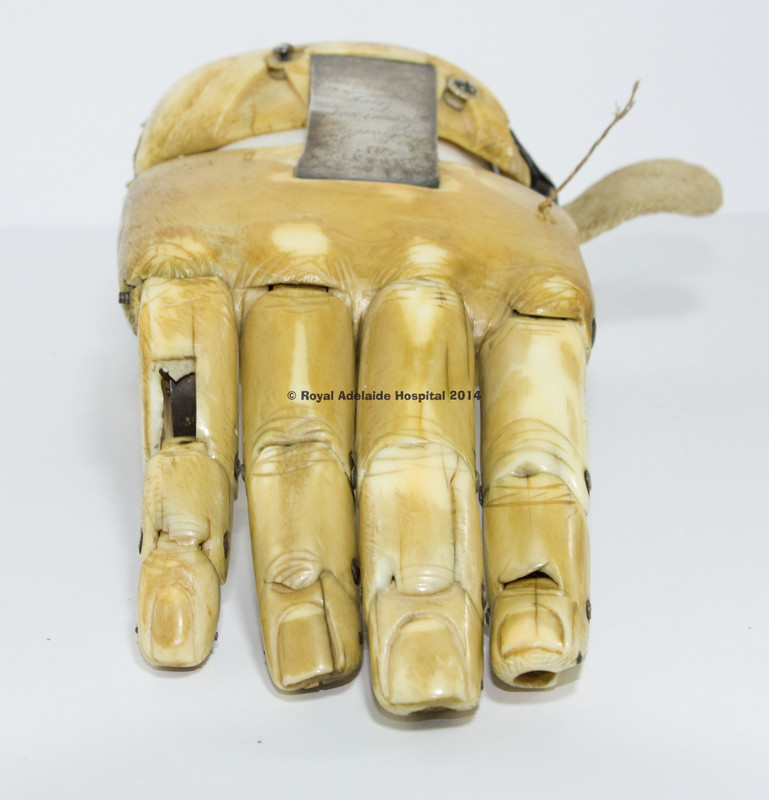The creators of the prosthetic arm printed on a 3D printer were inspired by the project of 1845

Photo: Clarissa Thorpe
The creators of the partial prosthetic hand claim that their system - the first in the world, fully printed on a 3D printer. At the same time, the authors of the project were inspired by the prosthesis created back in 1845. For those times, the system in question was unusually progressive.
First discovered this project Ivan Owen (Ivan Owen), who studied the online archive of the library, Trove . One of the documents studied by Ivan was a detailed description of a prosthetic hand, made by a dentist-surgeon, Dr. Robert Norman. The document contained all the necessary technical details that allowed the modern engineer to create something special.

')
In the prosthesis of 1845, a whalebone mustache and metal "joints" were used. The prosthesis was designed for Corporal John Coles (John Coles), who lost almost the entire brush as a result of an accident. The prosthesis worked for 30 years, until the death of the corporal. At the same time, the system did not just copy the hand, it allowed to take objects, even such small ones as a six-penny.

After the corporal died, his prosthesis was sent to the Health Museum of South Australia. Using the features of the 19th century prosthesis, the modern engineer developed his own system. All the details of his project, Owen made open, so that anyone can take advantage of the developments of the engineer.
Now Mr. Owen is working with a team of students at the University of Washington to improve the prosthesis. In the meantime, more than 1,600 people were able to create for themselves similar prostheses, using the engineer’s experience. The cost of the system - a penny, compared with those dentures that you can buy.

This is a 19th century design.

And this is the 21st century
A modern prosthesis is no longer such a jewelry work as what was done in 1845. But then, it is progress that such technologies become massive.
Source: https://habr.com/ru/post/367373/
All Articles